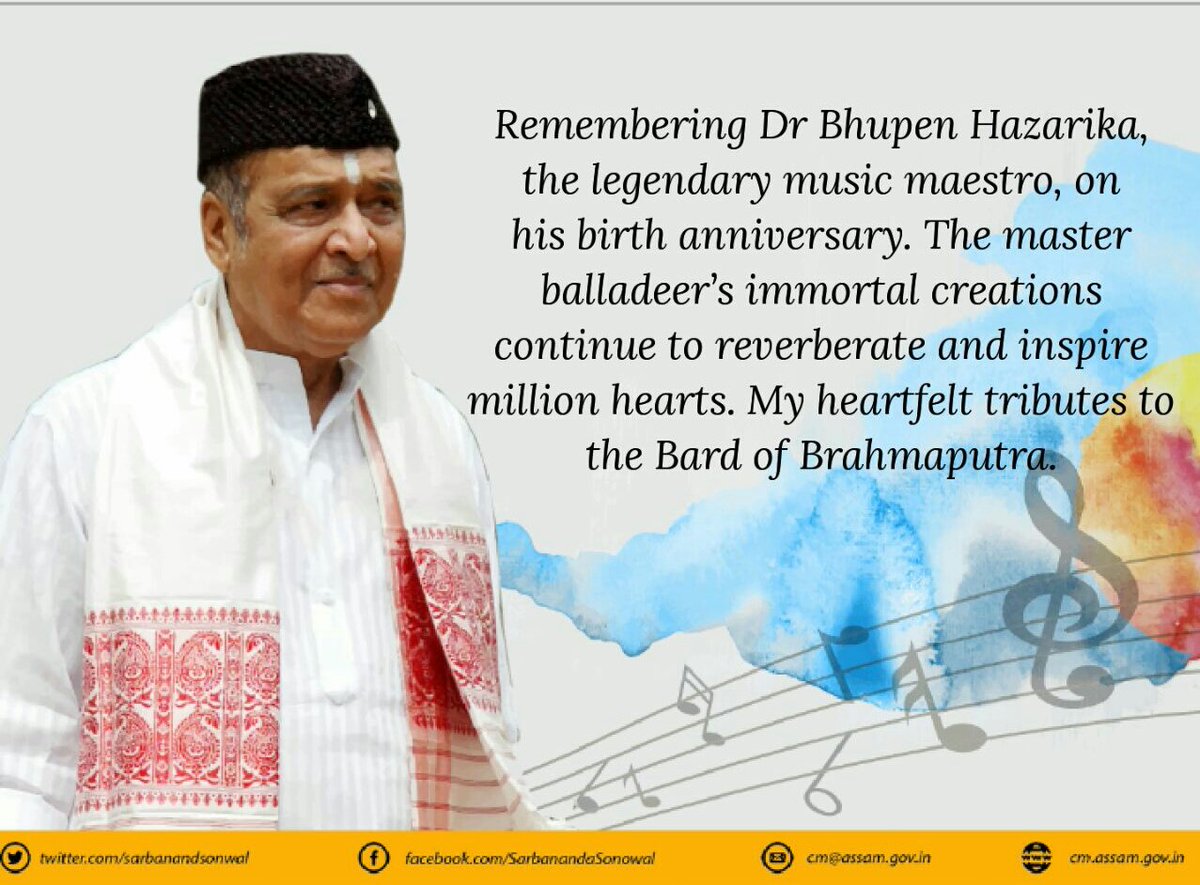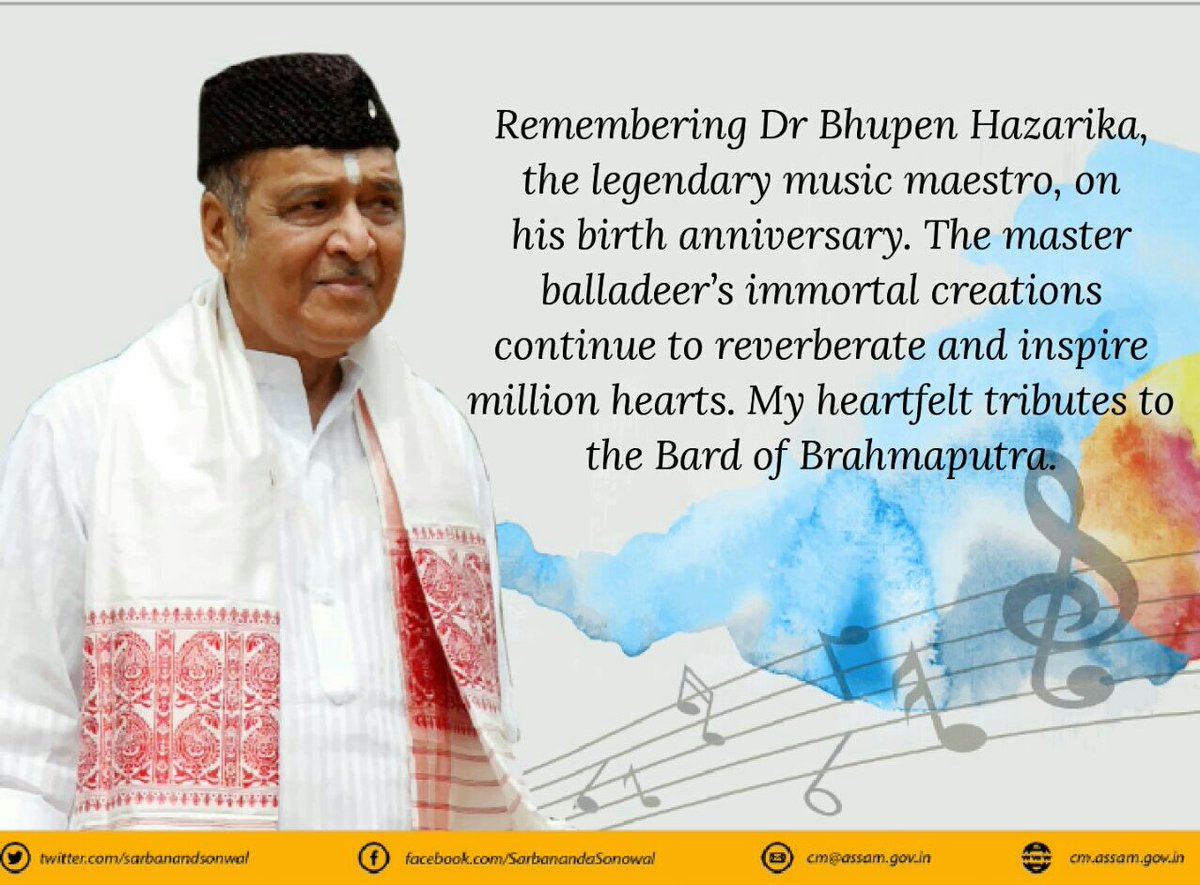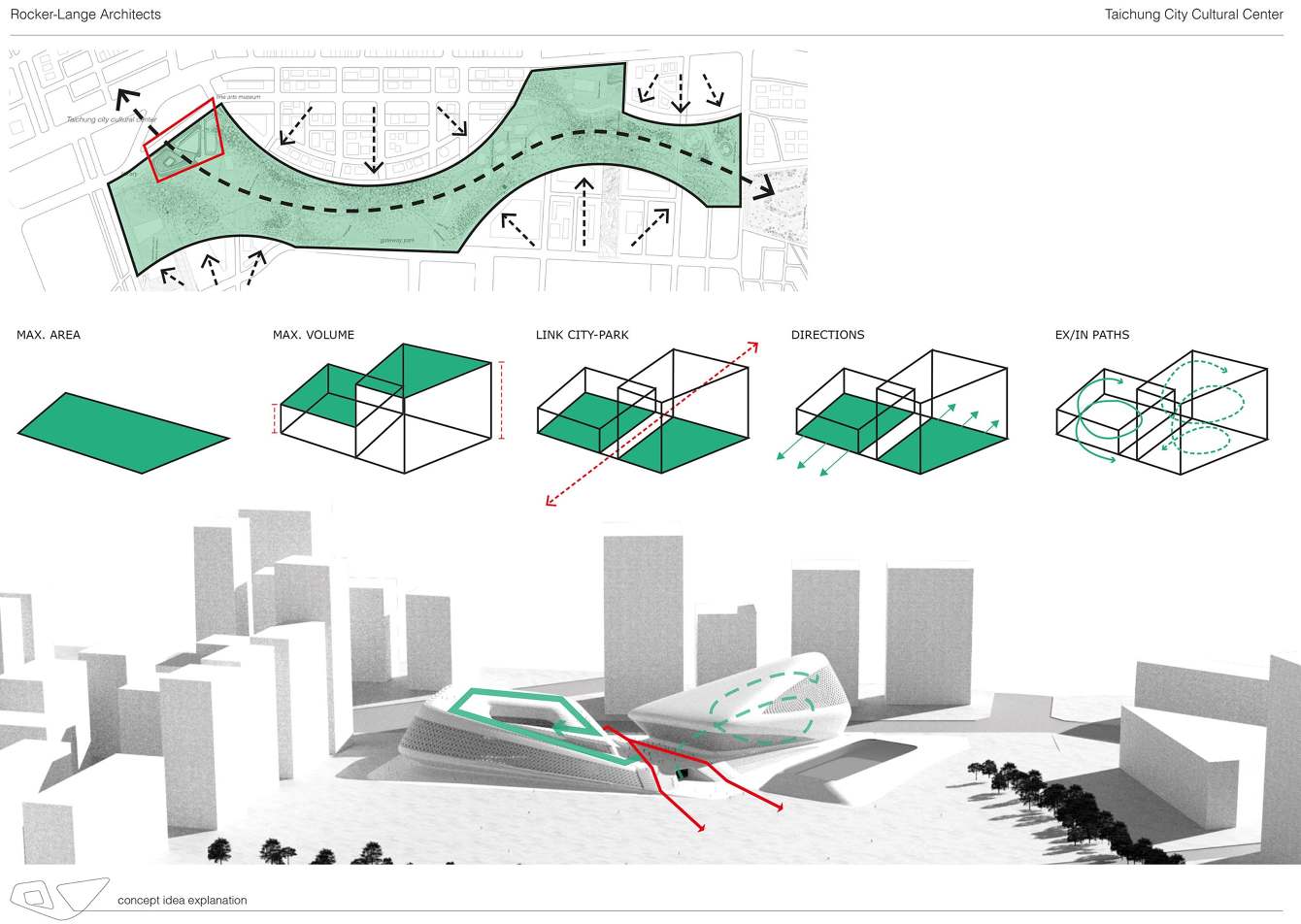
Reviving the Legacy of Bhupen Hazarika: Aasu’s Call for Recognition
Guwahati: In a heartfelt tribute to the unforgettable Bhupen Hazarika, the All Assam Students’ Union (Aasu) has launched a renewed initiative to honor the legendary artist’s monumental contributions to Assamese culture and society. This week marks the 13th death anniversary of Hazarika, and Aasu is vocalizing four primary demands that seek to integrate his work into the fabric of education and culture in Assam.
The demands enumerated include the inclusion of Hazarika’s creations into school curriculums, the establishment of an international research center in his name, renaming the Guwahati railway station in honor of the illustrious artist, and the creation of dedicated chairs at state universities to further educational pursuits in his legacy.
 Gathering to honor Bhupen Hazarika’s contributions
Gathering to honor Bhupen Hazarika’s contributions
Aasu’s Chief Adviser, Samujjal Bhattacharya, emphasized the importance of encouraging future generations to engage with Hazarika’s vast body of work. He stated, “Since his death, we have been raising demands for including his creations in the school curriculum to encourage future generations.” This push includes an intriguing project aimed at translating 100 of Hazarika’s cherished songs into the Bodo language, indicating a step towards broader cultural inclusivity that involves collaboration with the All Bodo Students’ Union.
Aasu president, Utpal Sarma, poignantly criticized the government for its perceived indifference towards immortalizing Hazarika’s legacy. “We realize the work that the government should have done remains incomplete after so many years. The people of the state dream of a cultural research center at his ‘samadhi kshetra’, but nothing has progressed yet,” Sarma lamented.
Cultural Significance and Educational Value
Hazarika, an iconic figure in Assamese art and culture, is celebrated not only for his music and poetry but also for his ability to weave social and political commentary into his work. The revival of interest in his legacy is particularly relevant today as Assam grapples with cultural identity amid globalization. By embedding his work in the educational framework, Aasu seeks to instill pride and awareness in young Assamese, fostering a generation that appreciates their rich heritage.
Moreover, the envisioned international standard research center aims to serve as a hub for scholarly inquiry and artistic exploration related to Hazarika’s impact, creating a place where students, researchers, and artists can come together to delve into the various dimensions of his work.
 Proposed concept art for the Cultural Research Center
Proposed concept art for the Cultural Research Center
The push for renaming infrastructure, such as the Guwahati railway station, also reflects the public’s desire for tangible acknowledgment of Hazarika’s contributions. Such initiatives could serve to not only honor his memory but also connect daily life in Assam with the values and themes present in Hazarika’s work, making his messages of unity, love for humanity, and social justice accessible to all.
Hope for the Future
The Aasu initiative comes at a crucial time when the significance of cultural representation is being emphasized globally. Recognizing icons like Hazarika can bridge gaps and promote a sense of togetherness in a diverse society. The demands put forth not only honor a local legend but also serve to cultivate a cultural consciousness that resonates throughout the state and beyond.
As discussions continue around the importance of integrating cultural heritage within educational curriculums, the legacy of Bhupen Hazarika provides a profound example of how art can impact society. Aasu’s commitment to these causes may very well pave the way for a rejuvenated appreciation of Assamese culture.
As these demands gain traction, the hope is that they spur action from the government, leading to the establishment of a dynamic educational framework that respects and encourages cultural expression, while also aiding the preservation of valuable historical narratives.
Conclusion
Bhupen Hazarika’s legacy is one of artistic brilliance and cultural identity, encapsulating the hopes and dreams of Assamese people. Aasu’s efforts to honor him are a reminder of the responsibility to recognize and promote local heritage within educational systems. The time has come to transform aspirations into action, ensuring that future generations are not only aware of their cultural icons but are also inspired by them to carve out a better future.
The call to action from Aasu is not just a demand; it’s a vision for a culturally enriched Assam.















